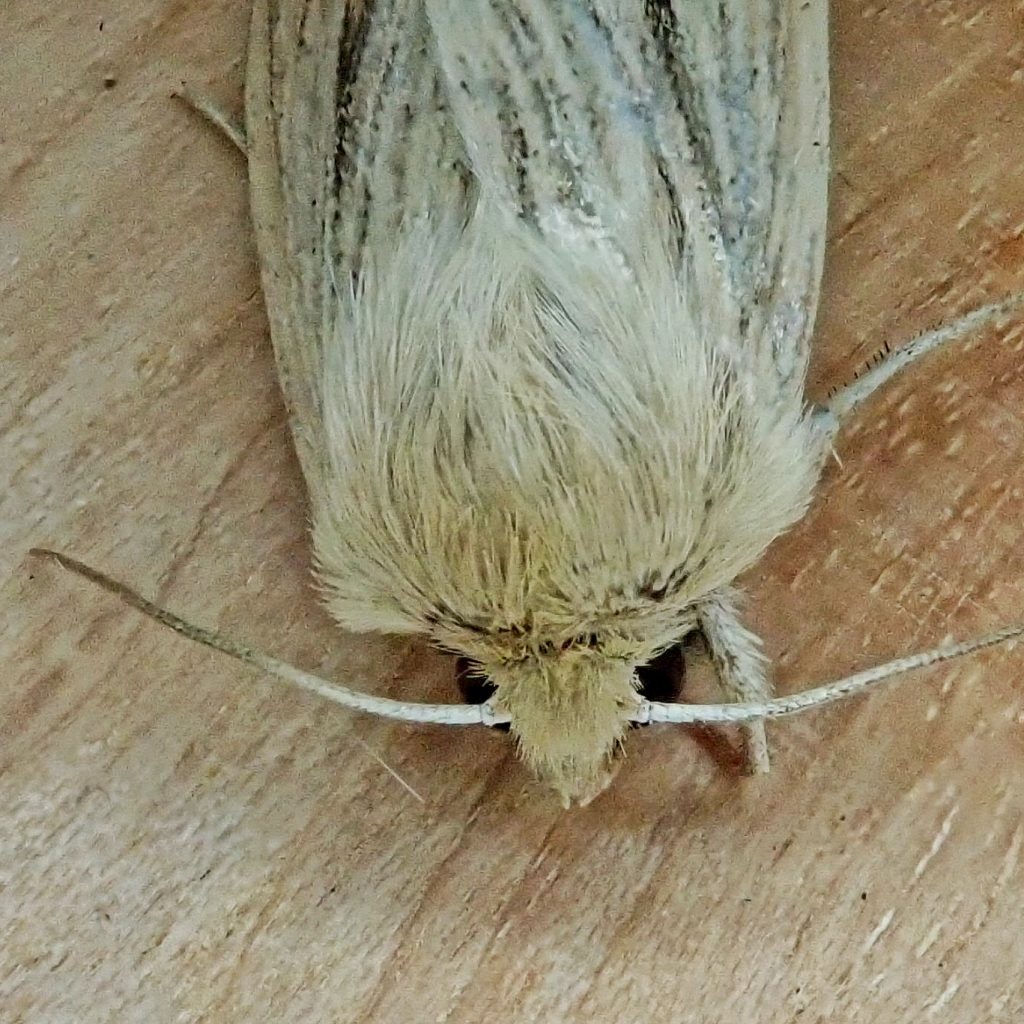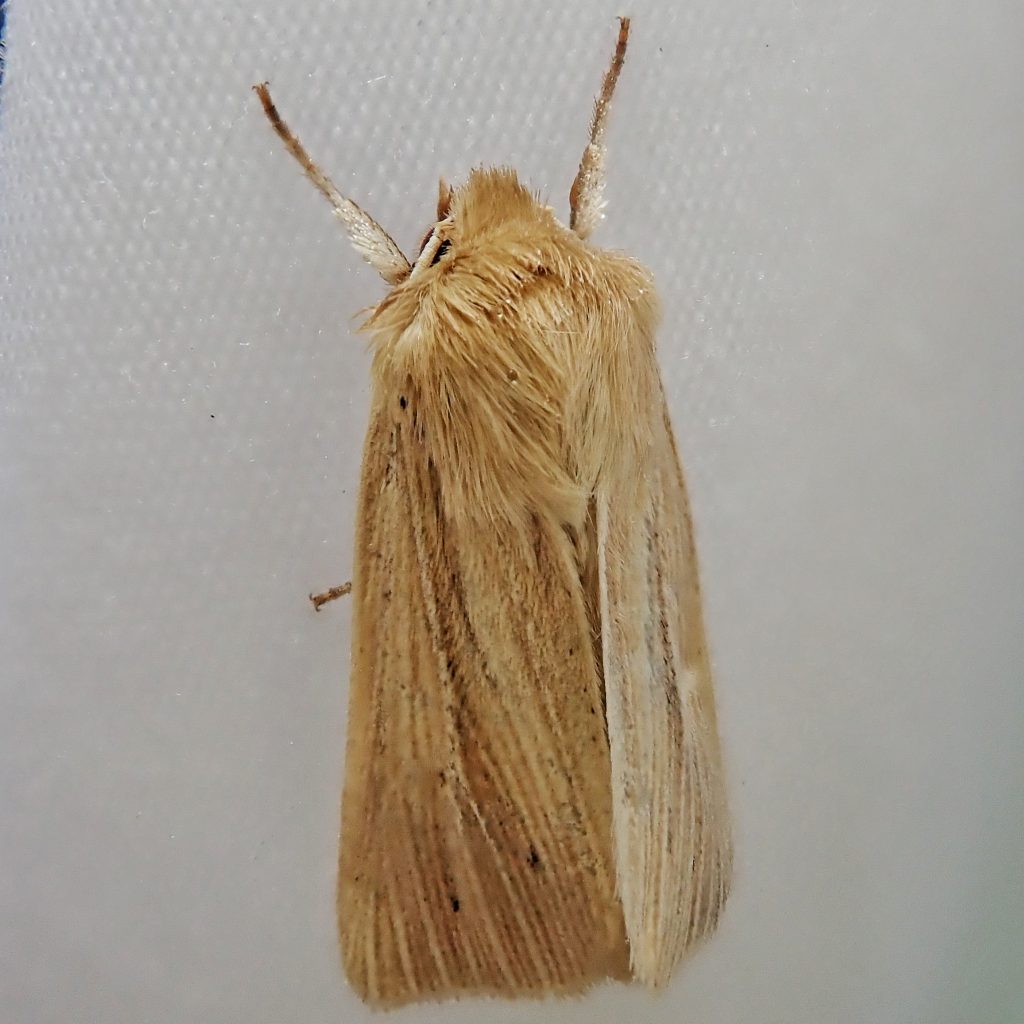
It is always a pleasure to find these little Noctuids, but it is not a rare one. They have surprised me by showing up even in deep forested areas, which I guess just goes to show how ubiquitous grasses and sedges, its primary larval hosts, really are. There were some interesting changes in the taxonomic placement of this species around the turn of the century, and if you’re interested you can read about it here.
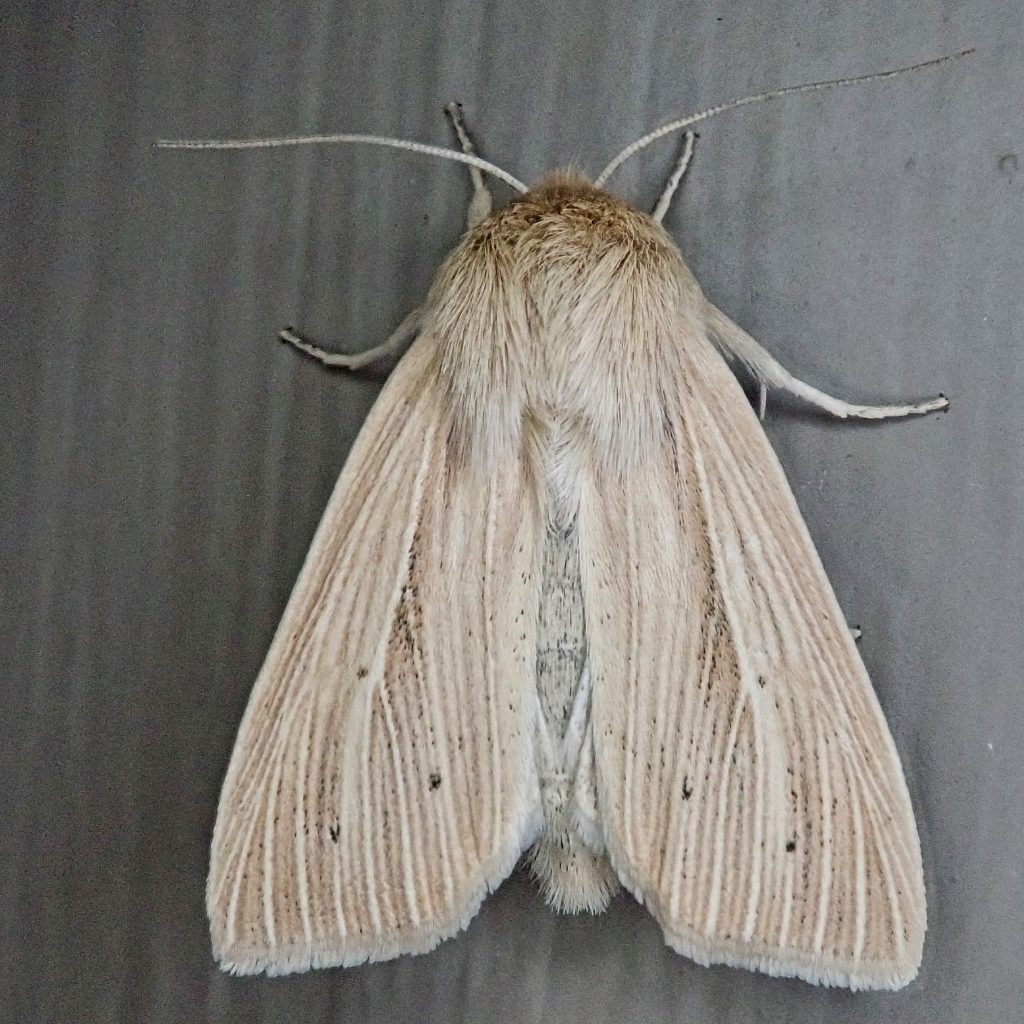
The wainscoting appearance of the forewings is very good camouflage in clumps of grass. The vast majority of Mythimna oxygala that I see are at UV lights, but I’ve spooked up a few in grassy fields during the day. They don’t usually fly very far, and I’m often able to mentally mark the spot they go down, but I’ve never been able to re-find one perched on the grass.
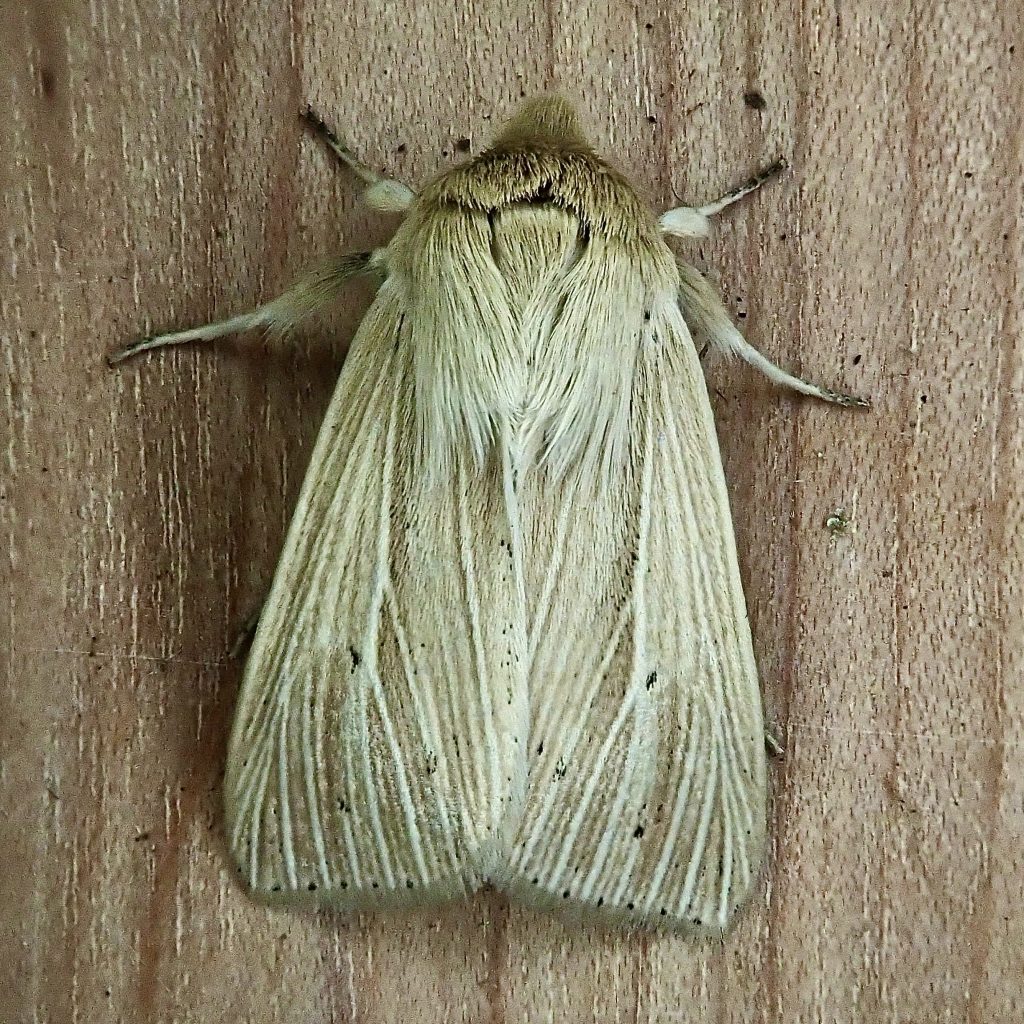
Description-Small moth (fw length 13-17mm), straw colored forewing with pale straw colored veins, slightly darker interstices, and a triangle of black dots in the middle of the distal portion of the wing; hindwing is very light colored with a diffuse dark smudge in the middle; collar is uniformly straw colored; and they have hairy eyeballs
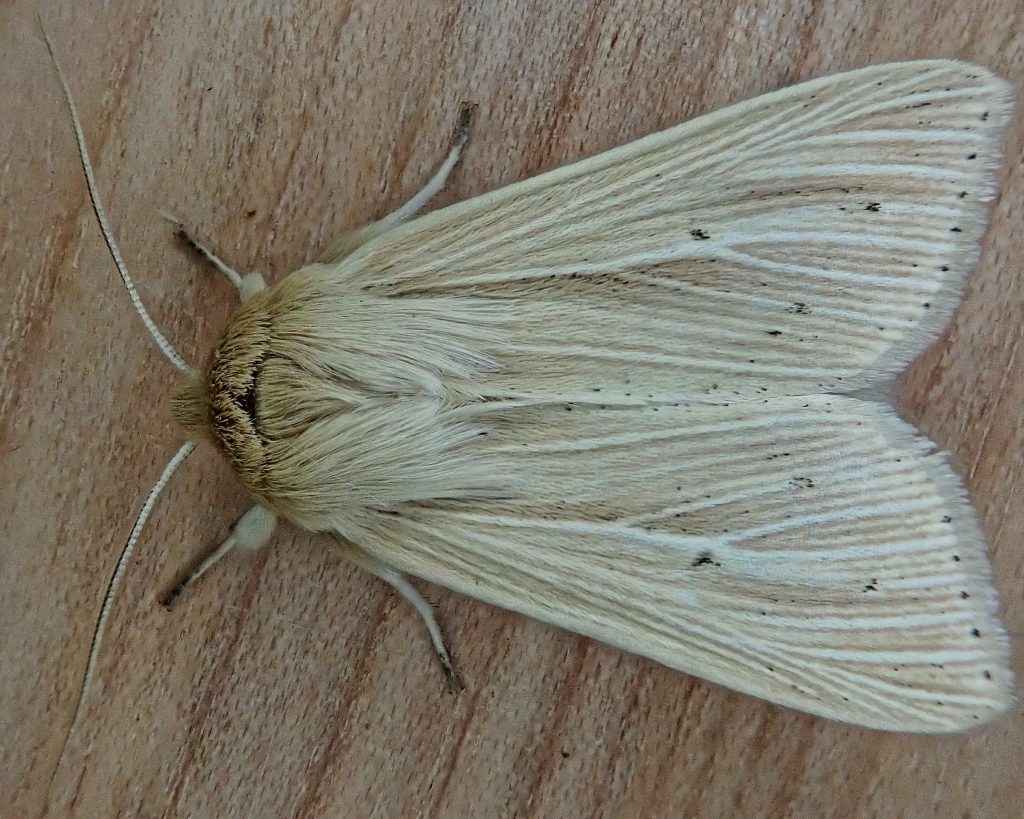
Similar species–M. yuconensis has darker forewings; Leucania spp. are larger, have transverse lines on their collar, and lack the black smudge on the hindwing; other streaky wheatstraw colored moths lack the triangle of dots on the forewing, and lack hair on the surface of the eye.
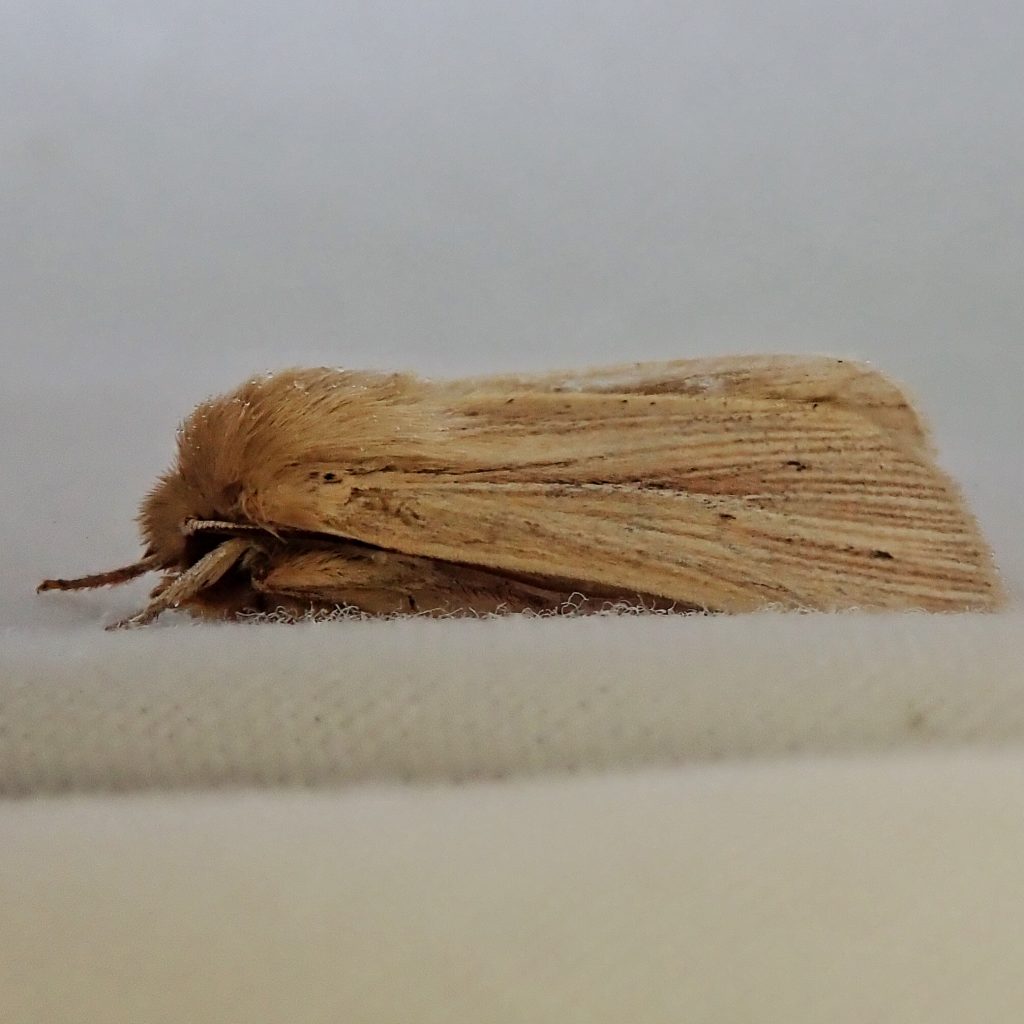
Habitat-Open forests and grassy areas such as fields and meadows; least common in arid shrub steppe.
Range-North America; region wide in appropriate habitat.
Eats-Larvae feed on grasses in Dactylis and sedges (Carex), and possibly on asters and chicory.
Eaten by-All of the insectivores that can find and catch them.
Reproduction-Bi- and even trivoltine; some larva apparently overwinter as pupa in diapause
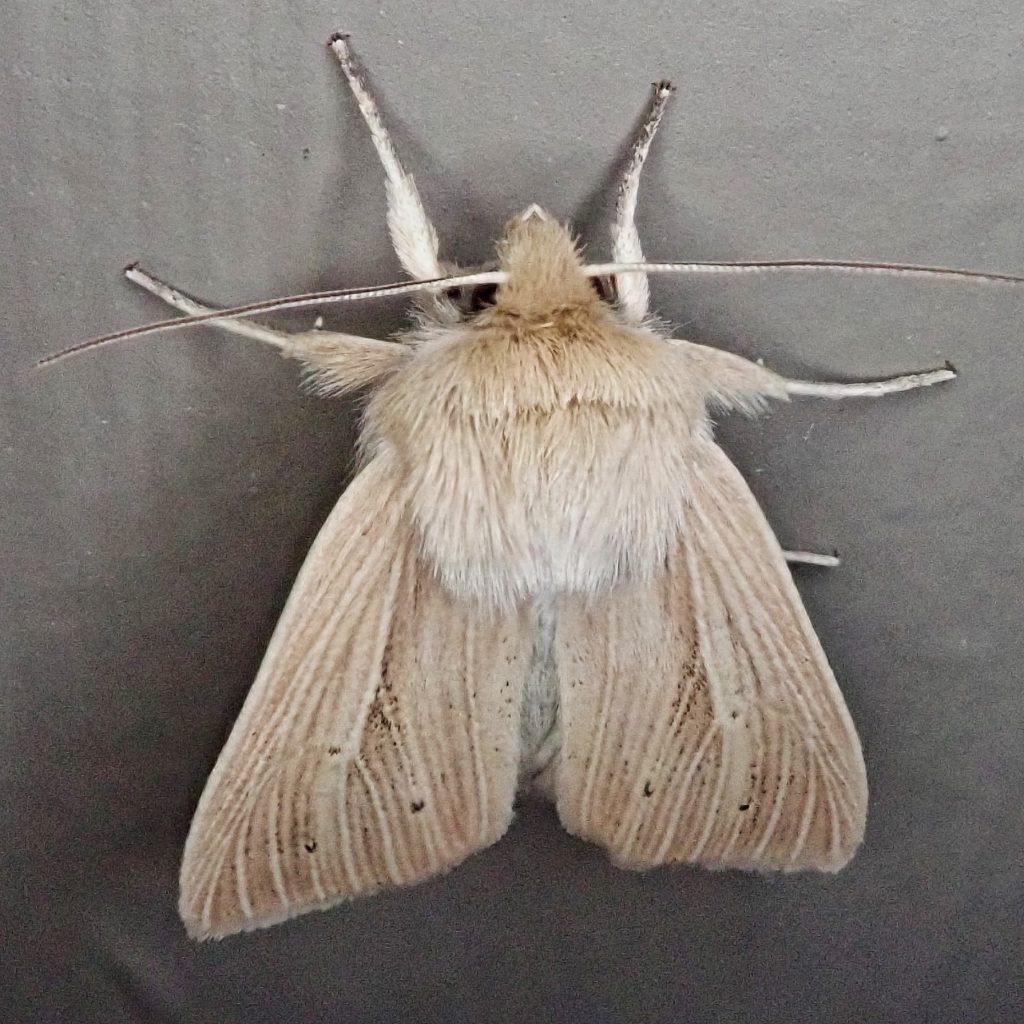
Adults active-May through September
Etymology of names–Mythimna is from the town of Mithimna, on the Greek island of Lesbos. Nothing is recorded as to what this references. The specific epithet oxygala is from the Greek for ‘sour milk’, and refers to the color of this moth. Wainscot refers to the resemblance of this moth to some forms of the paneling called wainscoting.
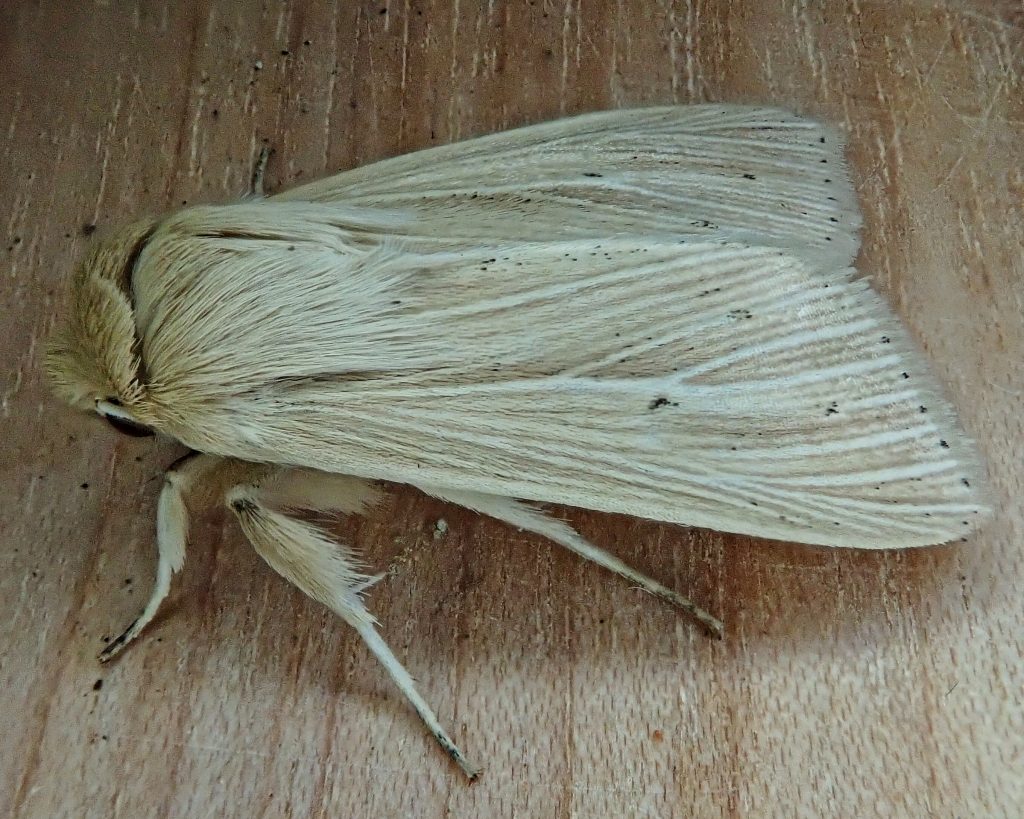
Moth Resources – note1 – Canadian Biodiversity Information Facility (CBIF)
http://mothphotographersgroup.msstate.edu/species.php?hodges=10436
https://bugguide.net/node/view/10810
